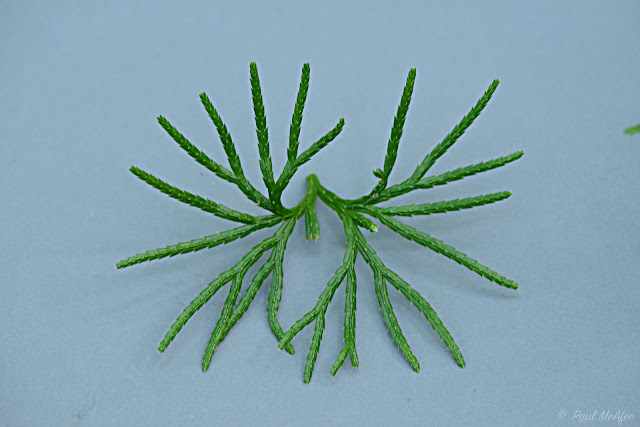 |
Elmleaf Goldenrod
Solidago ulmifolia |
Plant namers have the same sort of trouble as street namers; it's easy to run out of ideas for names. When it gets to the point of naming plants after other plants, you know they hit the bottom of the barrel. In fact, the species name of ulmifolia literally means elm leaf, so they couldn't even think of a good scientific name.
On the other hand, if you know what an elm leaf looks like, it does make it easier to identify this species, since the leaves look more like elm leaves than the other goldenrod species.
This is one of the woodland species, along with Zigzag (Solidago flexicaulis) and Blue-stemmed or Wreath (Solidago caesia) Goldenrods. All three of these are a delight to see during a walk through the woods.
 |
| The leaf looks somewhat like an elm leaf, although it looks like any other leaf that is toothed and wider than many other goldenrod species. |
 |
| Zigzag Goldenrod leaf |
 |
| Wreath Goldenrod leaf |











